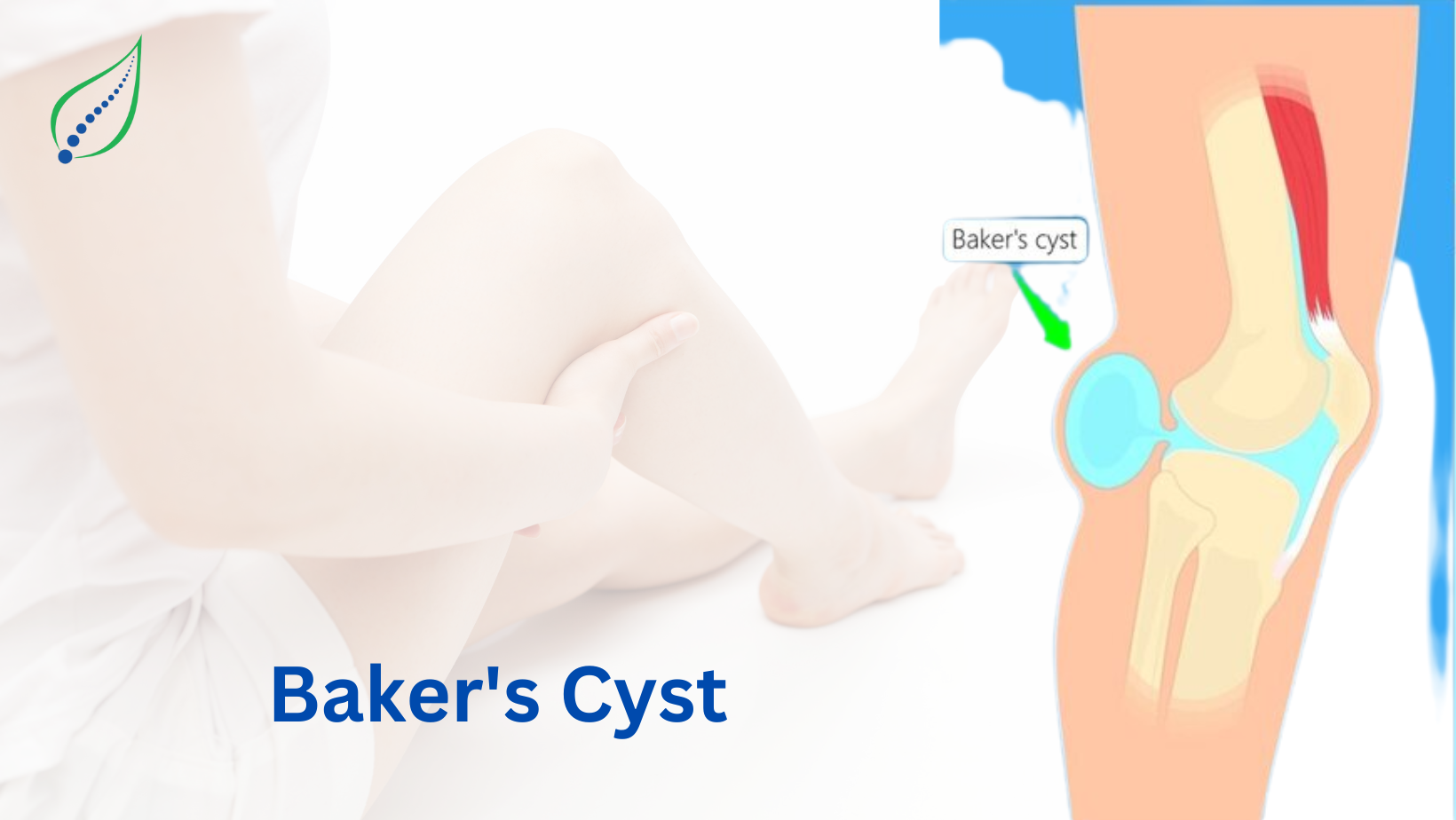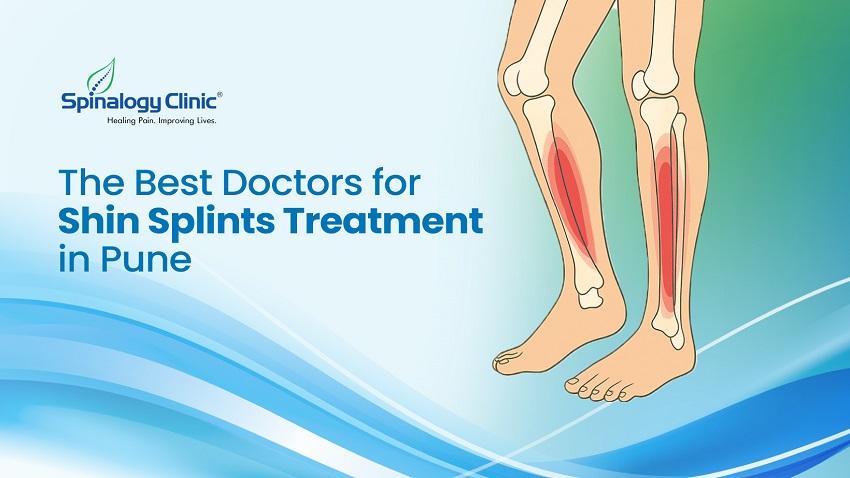Bakers Cyst
Excess synovial fluid accumulation within the posterior knee compartment at the popliteal fossa causes a painful cyst appearance on the backside of the knee also known as Bakers’ cyst.
Baker's cysts, also called as popliteal cysts, one of the most common knee conditions. At the back of knee, a lump like structure which is formed by fluid-filled cysts and frequently results in stiffness and discomfort. In most cases, osteoarthritis or a meniscus tear inside the knee joint is one of the causes of Baker's cysts. These ailments cause the joint to produce too much fluid, which can result into cyst formation. With nonsurgical treatment, which includes modified daily livings and anti-inflammatory drugs, the majority of Baker's cysts can improve. Some cysts may even disappear completely on their own, requiring no first aid care at all.
Causes:
Baker's cysts commonly develop in adults after suffering from accident or illness that produces swelling and inflammation in the knee joint, such as:
- Osteoarthritis
- Rheumatoid Arthritis
- Conditions that harm the tissues inside the joint include a torn meniscus, a torn anterior cruciate ligament (ACL) and others.
The knee secretes extra synovial fluid in response to the inflammation, which accumulates behind the knee and collects in the popliteal bursa. A Baker's cyst then develops when the bursa enlarges and bulges. Baker's cysts frequently have no known cause in patients who are younger.
The signs of a cyst can occasionally be mistaken for those of a blood clot or deep vein thrombosis, far more dangerous conditions.
Symptoms:
Some Baker's cysts have no symptoms and are only found by chance during a physical examination or during an MRI scan that is being done for another reason. When symptoms do occur, they may include:
- A lump or sense of fullness behind the knee
- Knee discomfort
- In the back of the knee, there may be stiffness or tightness.
- Swelling in the lower leg and knee
The blood flow in the veins of lower limb may be hampered if the cyst grows. If there is nerve compression, this may result in discomfort, oedema, weakening, or even numbness. The cyst can even occasionally explode.
Treatment:
The majority of Baker's cysts disappear on their own. Initial therapy for cysts that is always nonsurgical and could involve one or more of the following:
- Observation: Advise to observe the cyst over time to make sure it doesn't enlarge and produce uncomfortable symptoms.
- Altering activity: Reducing activity and staying away from high-impact exercises that aggravate the knee pain, such running and aerobics.
- Medicines: Drugs that are non-steroidal anti-inflammatory. Ibuprofen and naproxen, among other medications, can help relieve discomfort and swelling.
- Injection of Steroids: To relieve inflammation, administration of corticosteroid injection directly into Intraarticular space of knee joint can help.




